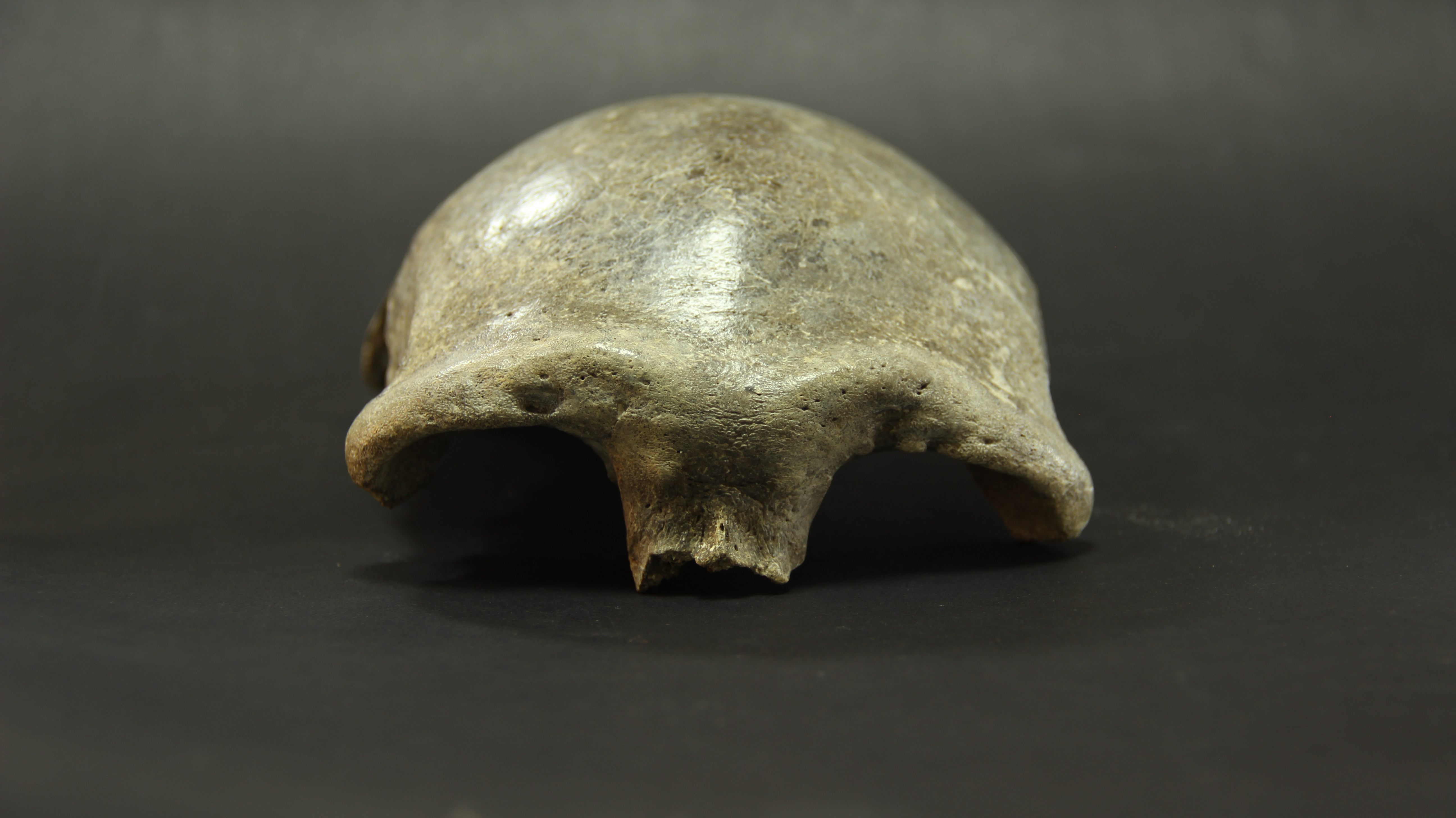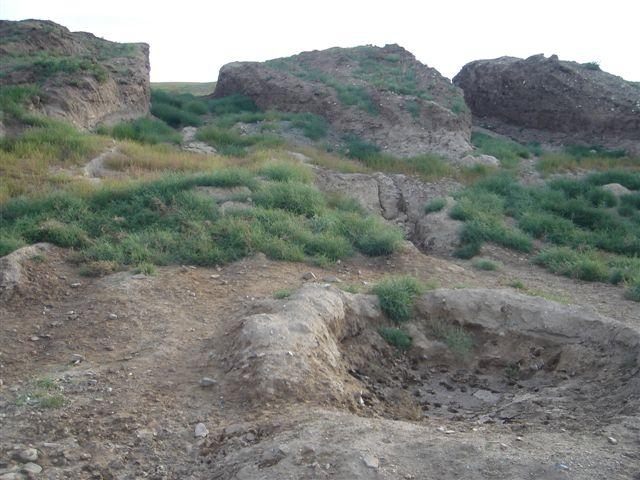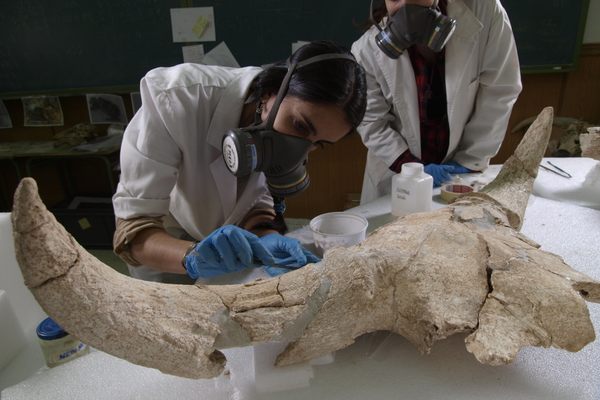This Skull Is Both Older and More Modern Than We Thought
Mongolanthropus was one of us.

It’s hard to be a hominin fossil. More than 30,000 years later, people are still arguing over what, exactly, you represent.
Take Mongolanthropus. Research published yesterday in Nature Communications reassigns the skull fragment, which was found in northern Mongolia’s Salkhit Valley in 2006, from an archaic hominin species to our own modern variety. Scientists originally believed that the fossil belonged to folks like the Neanderthals, or Homo erectus, or maybe even the Denisovans—who were only first identified in 2010. The prominence of the area just above the eyes seemed consistent with what our archaic cousins might have sported, says Thibaut Devièse, a postdoctoral researcher at the University of Oxford’s Radiocarbon Accelerator Unit and lead author of the new study. But there was more to the skull than what met the eyes.
Devièse and his colleagues were struck by the carbon to nitrogen (C:N) ratio previously recorded for the skullcap’s collagen; it was butting right up against the high end of the acceptable range, indicating too much carbon in the sample. Contaminating materials, says Devièse, are generally younger than the sample, so the researchers thought they should take another look. To reassess the skullcap, they applied a new method and extracted just one amino acid—hydroxyproline (HYP)—from the collagen, rather than a sample of the collagen itself.

The isolated HYP, protected from potential contamination, could provide more reliable data, and indeed: The tests pushed Mongolanthropus about 8,000 years further back in time, to around 34,000 years ago. That moves it from the Early Middle or terminal Late Pleistocene to the Early Upper Palaeolithic, when modern humans were making stone tools in Mongolia.
The evidence that ultimately established Mongolanthropus as a modern human, however, is far more conclusive. DNA analyses conducted at the Max Planck Institute for Evolutionary Anthropology in Leipzig, Germany, found that the skullcap’s mitochondrial genome linked up with what modern humans carry in Eurasia today. (Devièse notes that other researchers had also speculated that the skull might have belonged to a modern human, after comparing it to other samples.)
Mongolanthropus remains the only Pleistocene hominin fossil ever discovered in Mongolia. It’s not surprising, says Devièse, that the fragment could be reclassified as a modern human even after being pushed further back in history, as we know that modern humans interbred with their archaic counterparts, and as some researchers have pointed to modern humans from more than 100,000 years ago in present-day China. As part of the PalaeoChron project to chronologically map the arrival of modern humans in Eurasia, Devièse says that he and his colleagues had been “hunting” for hominin skulls from the area. Reclassifying this one as that of a modern human gets the researchers one step closer to telling our story in the region.













Follow us on Twitter to get the latest on the world's hidden wonders.
Like us on Facebook to get the latest on the world's hidden wonders.
Follow us on Twitter Like us on Facebook